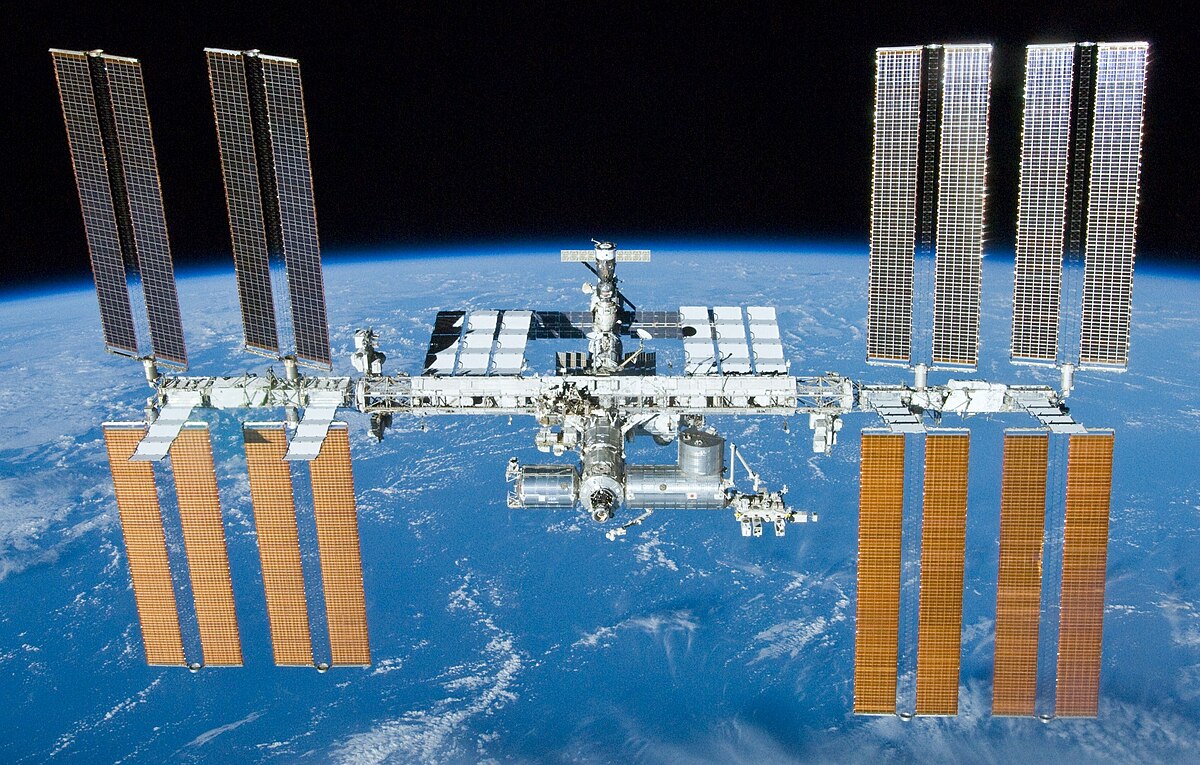
You’ve probably dreamt of being an astronaut at some time. We’ve dreamt of wearing a spacesuit and walking in space or even saving the planet like a marvel superhero. However, it looks like NASA is sending these water bears and glowing baby squids to space before you.
Details of the space mission

The animals are going to space as a part of SpaceX’s cargo resupply mission to the International Space Station (ISS) next week. The launch on June 3, 2021, will be SpaceX‘s 22nd space mission. They will be carrying supplies in addition to technology and research materials to the ISS from NASA’s Kennedy Space Center based in Florida, US.
What’s special about these animals?
Tardigrades, commonly known as moss piglets or water bears are micro animals that are commonly found in the water. What’s special about them? They can tolerate extreme environments than most life forms on the planet. Therefore, they are present everywhere, from water to volcanoes. Plus, they can sustain dehydration, radiation, starvation, air deprivation, along with extreme pressure and temperature.
Why are these animals being to space by NASA?
Water bears have been sent to space in the past. For instance, by Sweedish research group in September 2007. Two species of dried-up water bears were sent on the European Space Agency’s FOTON-M3 mission to study their short-term and multigenerational survival. Scientists hope to understand the stress factors affecting humans in space and develop methods to cope with them. Spaceflight exposes us to challenging environments, more so because we have evolved on Earth.
“One of the things we are really keen to do is understand how tardigrades are surviving and reproducing in these environments, and whether we can learn anything about the tricks that they are using and adapt them to safeguard astronauts,” said Dr. Thomas Boothby, the principal investigator of the study.
In addition, bobtail squids are sent to space as a part of Understanding Microgravity on Animal Microbe Interactions (UMAMI). Why squids? These squids have a 0.12 inch long bioluminescent bacteria inside their body. Scientists plan to study the bacterias in squid as squids and humans have similar immune systems. For instance, research on the symbiotic relationship between bacteria and squid can help us understand how beneficial microbes interact with the human body in space.
“We do not fully understand how spaceflight alters these beneficial interactions. The UMAMI experiment uses a glow-in-the-dark bobtail squid to address these important issues in animal health,” said Dr. Jamie Foster, the principal investigator.
Research such as these will aid in understanding human health in space and advancing it on both Earth and space.
